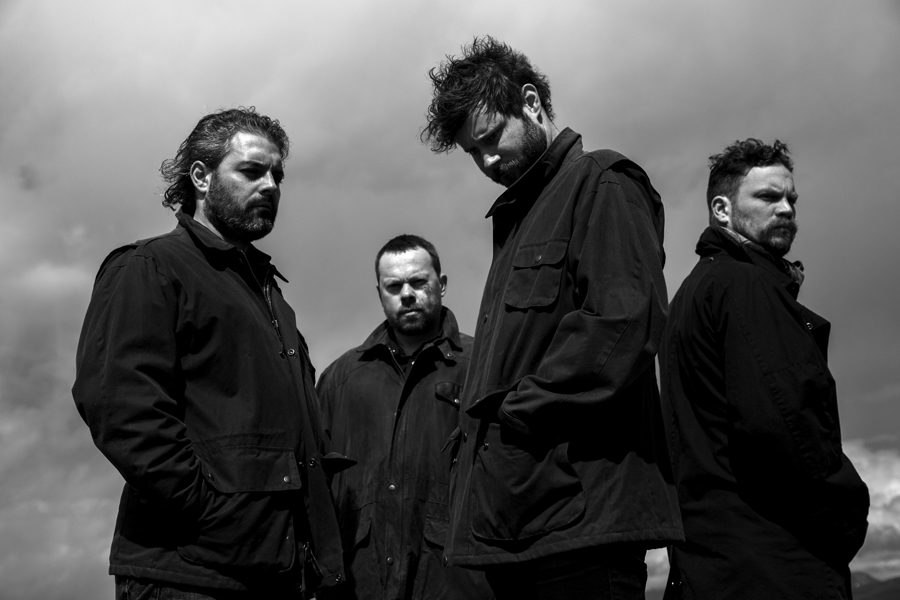How often is it that you get to see classical music being performed without the presence of a conductor or violins? If you’re answer is never, you’re almost right; that “almost” is thanks to the Manitoba Chamber Orchestra’s (MCO) Chamber Night.
Chamber Night is becoming a tradition with the MCO. It is the evening where those instruments subordinate to the violin (which is every other instrument in the orchestra) stage a minor insurrection, asserting their own musicality.
This was never more true than in the opening piece of the evening, Charles-François Gounod’s Petite Symphony. Other than a single cello and bass, strings were banished completely from the stage — as was the brass. One of the horn players came to stand before a microphone set to the side of the stage to discuss the uneasy alliance between the horns and the other instruments of the orchestra. Not brash enough to be brass, the horns were still too domineering for the woodwinds. However, in Gounod’s piece, the two horns blended extremely well with two bassoons, two oboes, two clarinets and a flute — the cello and bass provided subtle undertones. What was particularly interesting to hear was the interplay between the oboe and the clarinet as they traded off melodic motifs. The flute player was exceptional.
This was followed by Bach’s Brandenburg concerto no. 6 in B flat major. The program notes stated that “each concerto has a different set of featured instruments. The musical scoring of the sixth concerto has made it one of the least performed of the set. The line-up of soloists is made up exclusively of lower-pitched string instruments, and the larger, accompanying string body omits violins.” One of those soloists in this concerto grosso was Rennie Regehr, whose return to Winnipeg’s musical community was a welcome sight as he had been a mainstay of the Winnipeg Symphony Orchestra (WSO) and the MCO for some time before relocating east. The piece is characterized by two violists trading licks and playing off each other in a very enjoyable, entertaining fashion. Eric Lussier provided harpsichord accompaniment.
Following intermission, the musicians returned for Jean-Philippe Rameau’s Concert no. 6 from Pièces de clavecin en concerts. Although Rameau’s intent was to “expand the inherent colours of his previously existing harpsichord solos by adding extra instruments,” there was no harpsichord in this piece. Instead, the violins were permitted to make an appearance, the piece being scored for three violins, a viola and two cellos. We return to the program notes for a description of the series of pieces making up this suite: “First comes his most famous work, a lively portrait of a clucking hen. It’s followed by a pair of gracious minuets; a fascinating, enigmatic piece called L’Enharmonique (alluding to a compositional technique that it demonstrates); and finally the vivacious and exotic L’Eqiptienne (The Egyptian Woman).” The clucking hen piece was not as crazy as it sounds. In fact, it permits of some interesting pyrotechnics from the violinists. The compositional technique referred to was explained to the audience as a manner of playing a series of eight notes in unequal value so that a lilting, almost jazzy, staccato sound ensued.
Concluding the concert was Antonin Dvorák’s Serenade in D Minor. Yuri Hooker, the MCO’s and WSO’s cello virtuoso, announced the piece and performed throughout in an exceptionally brilliant manner, which is what Winnipeg audience’s have come to expect from him. It was so refreshing to hear something by Dvorák other than the New World Symphony. He could actually compose other great music — although you’d generally not be aware of that given the almost exclusive offering of that piece.
One final mention is the outstanding performance given prior to the concert by the group of U of M music students, comprising the Melismatic Saxophone Quartet.
A fine concert enjoyed by a full house — what more could one have hoped for?
On a concluding note, unfortunately, because the MCO, neither in their program notes nor on their website, provides the names of the musicians, it becomes difficult if not impossible to name musicians anything more than “flute player.” This might be an area where the MCO could consider improvement.



